
The Causes of Skin Inflammation and How to Treat It
We've all dealt with some form of skin inflammation at one point or another, whether that be from a scratch or an allergic reaction.
The truth is, our skin is complicated. It uses highly intelligent processes to deliberately create inflammation in the form of pain and redness, all to protect us from harm.
The causes and treatments of skin inflammation

What is skin inflammation?
We often hear people throw out the word inflammation as if it were going out of style. But, what does it really mean?
Inflammation is quite simply an immune system response, and is our body's way of combatting harmful stimuli like irritants, toxic compounds, or pathogens, and initiate the healing process (Chen et al., 2017).
Acute vs. chronic skin inflammation
Inflammation can either be acute or chronic, meaning either a short-term or long-term issue.
Acute inflammation is temporary and occurs as a normal rapid response to injuries and other external factors in order to start the healing process. Classic signs of acute inflammation include redness, swelling, heat and pain. These issues can be brought on by a multitude of reasons, ranging from a cut to frostbite.
Chronic inflammation is long-term, lasting several months to even years (Pahwa and Ishwarlal Jialal., 2019). It develops when our immune system continuously tries to manage a harmful issue within our body, but is unsuccessful. Acne, psoriasis, and eczema are all forms of chronic skin inflammation.
What causes inflammation of the skin?
There are numerous causes behind skin inflammation. Here are some of the most common ones:
Gut health: skin inflammation is often a direct reflection of the overall health of our body, specifically from our gut. Our gut is home to a massive colony of over 1.5 trillion microorganisms, otherwise known as our microbiome (Ellis et al., 2019). Similarly to the gut, our skin also has its own microbiome. In recent years, researchers have become extremely interested in this area due to what is known as the gut-skin axis.
The gut-skin axis represents the relationship between our gut and skin microbiomes as they closely communicate with each other (Salem et al., 2018). The skin's barrier and skin microbiome can become disrupted when the gut is in dysbiosis (altered gut microbes), leading to intestinal bacteria gaining access to the bloodstream (O’Neill et al., 2016) This can then send the immune system into overdrive, leading to conditions like acne and psoriasis.
Allergic reaction: allergies can be caused by an immune reaction to a foreign substance or food. Examples include touching poison ivy or even applying skincare products that contain certain ingredients like fragrances or nut derivatives.
Infection: pathogenic viruses, bacteria, and fungi can all cause skin inflammation, manifesting as issues like athlete's foot, staph infections, folliculitis, and ringworm.
Injury: when ever you get a cut, burn, or other type of external injury, the area swells and the immune system creates inflammation to initiate the healing response.
How the inflammatory process works
As you can tell from above, there are many different causes behind skin inflammation. So, let's break down how the inflammatory process occurs.
The reality is, inflammation doesn't just magically occur. There are very important biological processes that are triggered in response to certain pathogens or stimuli where inflammation is able to be created. Our skin has its own immune system and many different mechanisms occur for inflammation to be manifested.
Here's how the skin inflammation process generally works:
- When an allergen or harmful foreign body comes into contact with our skin, resident cells known as macrophages are activated and serve as the first line of defence in the skin's immune system. Macrophages detect, kill, and eat invading microorganisms.
- Depending on the level of danger they detect from foreign bodies, they will determine whether or not to signal T cells (immune system white blood cells) to initiate an immune response.
- After T cells are signalled, they releasing molecules known as cytokines—a group of proteins that act as messengers to initiate inflammation and help to control the invading threat, in order to start the healing process.
Cytokine storm
What the heck is a cytokine storm?
Cytokines by themselves are a complex group of proteins, and are implicated in both acute and chronic inflammation. In the case of chronic inflammatory diseases like psoriasis, for example, a cytokine storm can be found in the skin (Baliwag et al., 2015).
A cytokine storm is a severe immune system reaction where the body overproduces high amounts of certain cytokines which can have a negative impact on the skin's barrier function.
Best Ingredients to treat skin inflammation
If you're wanting to know how to prevent and treat minor skin inflammation and the uncomfortable side effects it can bring, I've listed some of the best skincare ingredients below to help do this. In terms of chronic inflammation, these ingredients may be able to help as well, but I recommend you first speak with a dermatologist about the condition you're dealing with.
1. Colloidal oatmeal
Oats are a prebiotic, making them extremely effective for improving the skin's microbiome and barrier function (Liu-Walsh et al., 2021). Containing β-glucan (Gao et al., 2021) and avenanthramides (Sur et al., 2008) as its most important chemical constituents, they've been shown to act as anti-irritant, anti-itch, and skin barrier repair agents in the skin.
Topical oat extract at 1% concentration has been shown to be effective on the skin for soothing irritatations. (Sobhan et al., 2020). Oat is even commonly used in baby products for the soothing benefits it has on the skin.
2. Calendula
The bright yellow petals from calendula flowers have been shown to have potent anti-inflammatory effects on the skin when used topically due to their high concentration of triterpene and flavonoid compounds (Muley et al., 2009). These phytochemical compounds are antioxidants and help to prevent the release of histamines, decreasing the classic symptoms of inflammation caused by external allergens (Eghdampour et al., 2013).
Calendula flower extract can often be found in oil-based products, like our Botanical Recovery Serum, since its anti-inflammatory phytochemicals are oil-soluble.
3. Gotu kola
Gotu kola, now famously known as cica and centella asiatica (its scientific name), is finally getting the recognition it deserves in the skincare industry.
It's high in the triterpenoid compounds known as asiatic acid, madecassic acid, asiaticoside and madecassoside which can all be commonly found on skincare ingredients' lists. Studies have shown that gotu kola can prevent the infiltration of inflammatory cells, reducing the expression of numerous proinflammatory cytokines making it especially effective for treating the symptoms of eczema (Lee et al., 2021).
4. Ceramides
Ceramides work differently than the previously mentioned ingredients. They make up about 50% of the lipids present in the outermost layer of human skin—the stratum corneum.
The stratum corneum is part of our skin's epidermis, and is comprised of dead cells in a lipid matrix. It's known as a "brick wall" for our skin, shielding the rest of our skin from pathogenic invasion and water loss. Ceramides serve an important role in the skin's barrier function, helping to prevent inflammation by keeping the skin well protected and hydrated.
Ceramide levels have also been shown to be low in certain inflammatory skin diseases, especially in eczema-pone skin (Spada et al., 2021).
6. Zinc oxide
This might seem like a strange one, but it may be incredibly helpful if you're experiencing inflammation. Topical zinc oxide has been shown the be especially beneficial for mitigating the inflammation associated with rashes, especially diaper rashes. It works by reducing skin barrier damage and dryness (Baldwin et al., 2001).
7. Astaxanthin
Astaxanthin became a big deal a few years back, and there's a good reason. It's derived from the microalgae haematococcus pluvialis, and is possibly the world's most powerful antioxidant. Since antioxidants tend to have anti-inflammatory properties as well, astaxanthin is no different.
It's a potent anti-inflammatory, and has been shown to target cytokines in the skin and reduce inflammation, especially in UV-damaged skin (Davinelli et al., 2018).
References
Baldwin, S, et al. “Skin Benefits from Continuous Topical Administration of a Zinc Oxide/Petrolatum Formulation by a Novel Disposable Diaper.” Journal of the European Academy of Dermatology and Venereology, vol. 15, no. s1, Sept. 2001, pp. 5–11, 10.1046/j.0926-9959.2001.00002.x.
Baliwag, Jaymie, et al. “Cytokines in Psoriasis.” Cytokine, vol. 73, no. 2, 1 June 2015, pp. 342–350, www.ncbi.nlm.nih.gov/pmc/articles/PMC4437803/, 10.1016/j.cyto.2014.12.014.
Chen, Linlin, et al. “Inflammatory Responses and Inflammation-Associated Diseases in Organs.” Oncotarget, vol. 9, no. 6, 14 Dec. 2017, pp. 7204–7218, www.ncbi.nlm.nih.gov/pmc/articles/PMC5805548/, 10.18632/oncotarget.23208.
Davinelli, Sergio, et al. “Astaxanthin in Skin Health, Repair, and Disease: A Comprehensive Review.” Nutrients, vol. 10, no. 4, 22 Apr. 2018, p. 522, 10.3390/nu10040522.
Liu-Walsh, Fang, et al. “Prebiotic Colloidal Oat Supports the Growth of Cutaneous Commensal Bacteria Including S. Epidermidis and Enhances the Production of Lactic Acid.” Clinical, Cosmetic and Investigational Dermatology, vol. 14, 2021, pp. 73–82, pubmed.ncbi.nlm.nih.gov/33500646/, 10.2147/CCID.S253386.
Gao, Shuang, et al. “Oat β-Glucan Ameliorates Epidermal Barrier Disruption by Upregulating the Expression of CaSR through Dectin-1-Mediated ERK and P38 Signaling Pathways.” International Journal of Biological Macromolecules, vol. 185, 31 Aug. 2021, pp. 876–889, pubmed.ncbi.nlm.nih.gov/34237364/, 10.1016/j.ijbiomac.2021.07.002.
Sur, Runa, et al. “Avenanthramides, Polyphenols from Oats, Exhibit Anti-Inflammatory and Anti-Itch Activity.” Archives of Dermatological Research, vol. 300, no. 10, 7 May 2008, pp. 569–574, 10.1007/s00403-008-0858-x.
Sobhan, Mohammadreza, et al. “The Efficacy of Colloidal Oatmeal Cream 1% as Add-on Therapy in the Management of Chronic Irritant Hand Eczema: A Double-Blind Study.” Clinical, Cosmetic and Investigational Dermatology, vol. 13, 25 Mar. 2020, pp. 241–251, www.ncbi.nlm.nih.gov/pmc/articles/PMC7103792/, 10.2147/CCID.S246021.
Eghdampour, Farideh, et al. “The Impact of Aloe Vera and Calendula on Perineal Healing after Episiotomy in Primiparous Women: A Randomized Clinical Trial.” Journal of Caring Sciences, vol. 2, no. 4, 1 Dec. 2013, pp. 279–286, pubmed.ncbi.nlm.nih.gov/25276736/, 10.5681/jcs.2013.033.
Muley, BP, et al. “Phytochemical Constituents and Pharmacological Activities of Calendula Officinalis Linn (Asteraceae): A Review.” Tropical Journal of Pharmaceutical Research, vol. 8, no. 5, 24 Nov. 2009, 10.4314/tjpr.v8i5.48090.
Ellis, Samantha R., et al. “The Skin and Gut Microbiome and Its Role in Common Dermatologic Conditions.” Microorganisms, vol. 7, no. 11, 11 Nov. 2019, p. 550, 10.3390/microorganisms7110550.
Lee, Yonghyeon, et al. “Inhibitory Effect of Centella Asiatica Extract on DNCB-Induced Atopic Dermatitis in HaCaT Cells and BALB/c Mice.” Nutrients, vol. 12, no. 2, 5 Feb. 2020, pubmed.ncbi.nlm.nih.gov/32033291/, 10.3390/nu12020411.
O’Neill, Catherine A., et al. “The Gut-Skin Axis in Health and Disease: A Paradigm with Therapeutic Implications.” BioEssays, vol. 38, no. 11, 24 Aug. 2016, pp. 1167–1176, 10.1002/bies.201600008.
Pahwa, Roma, and Ishwarlal Jialal. “Chronic Inflammation.” Nih.gov, StatPearls Publishing, 4 June 2019, www.ncbi.nlm.nih.gov/books/NBK493173/.
Salem, Iman, et al. “The Gut Microbiome as a Major Regulator of the Gut-Skin Axis.” Frontiers in Microbiology, vol. 9, no. 9, 10 July 2018, www.ncbi.nlm.nih.gov/pmc/articles/PMC6048199/, 10.3389/fmicb.2018.01459.
Spada, Fabrizio, et al. “A Daily Regimen of a Ceramide‐Dominant Moisturizing Cream and Cleanser Restores the Skin Permeability Barrier in Adults with Moderate Eczema: A Randomized Trial.” Dermatologic Therapy, vol. 34, no. 4, 2021, p. e14970, www.ncbi.nlm.nih.gov/pmc/articles/PMC8459234/, 10.1111/dth.14970.


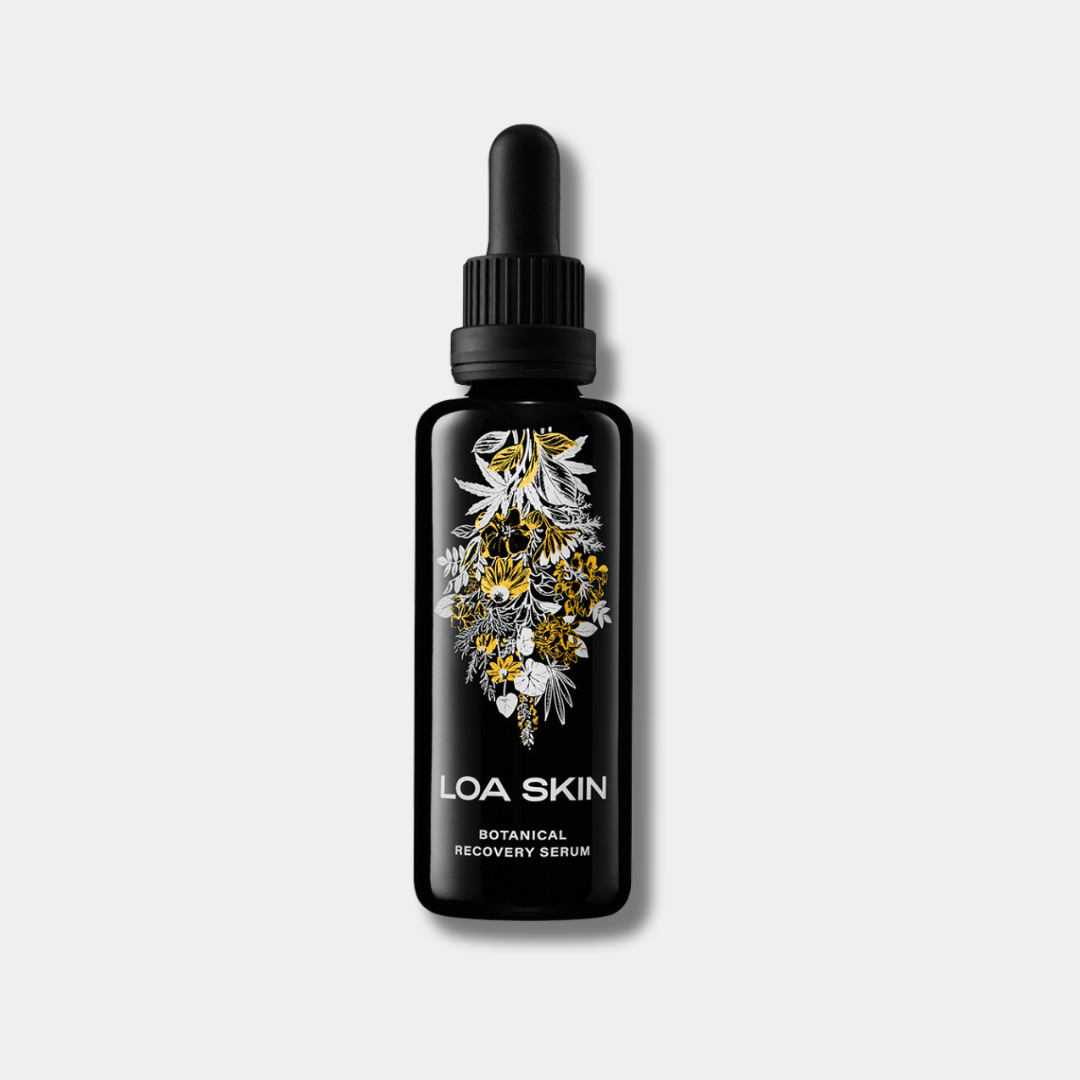
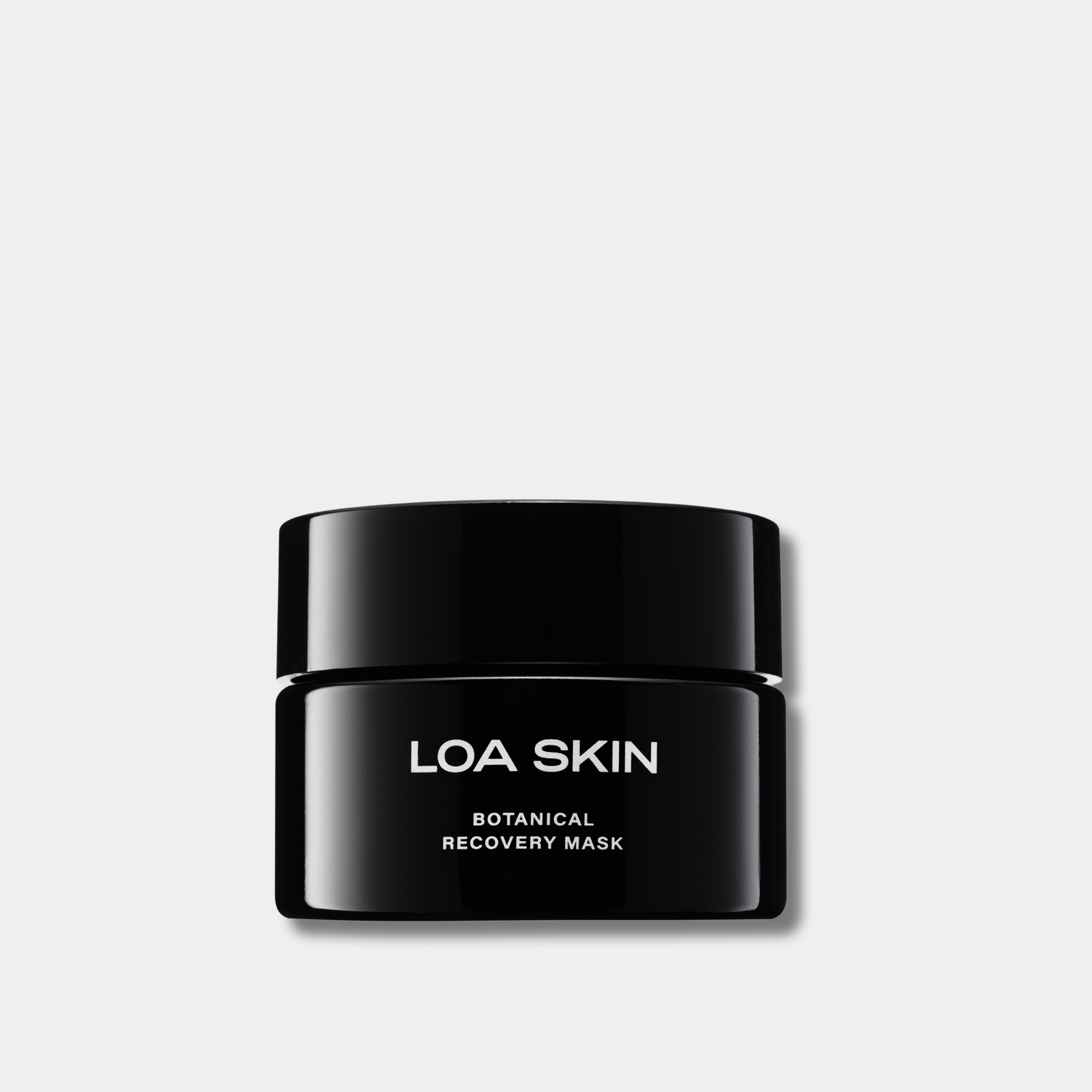
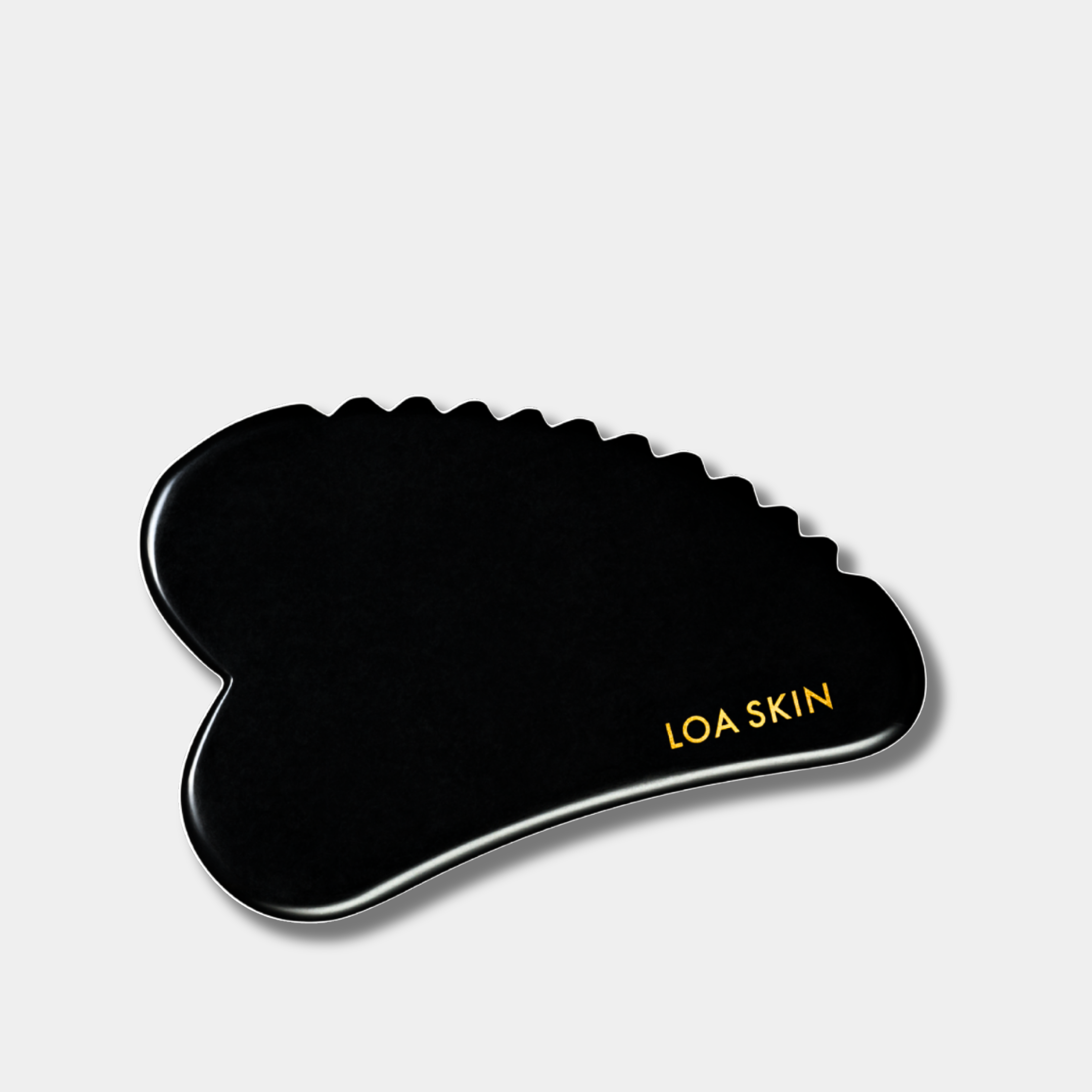
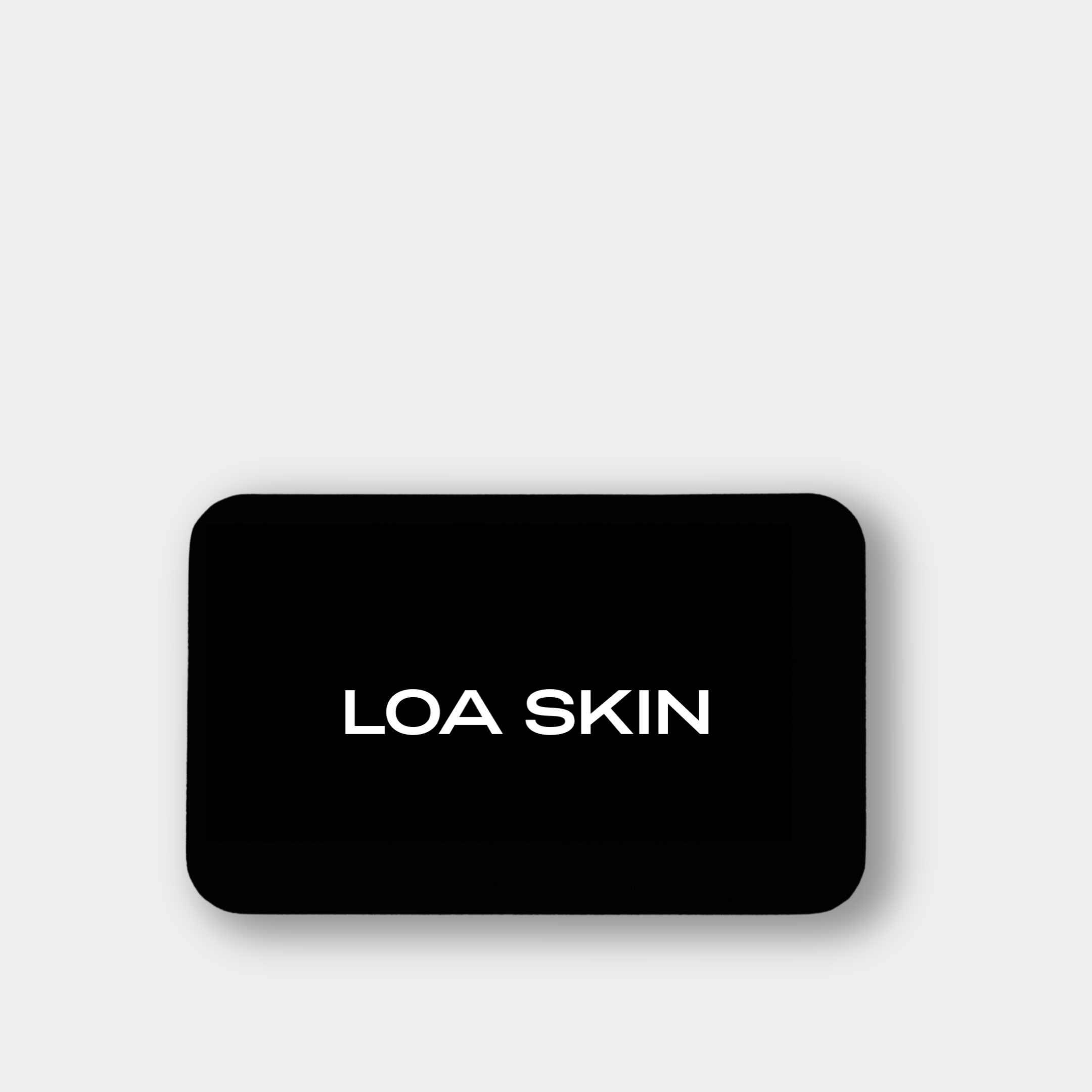
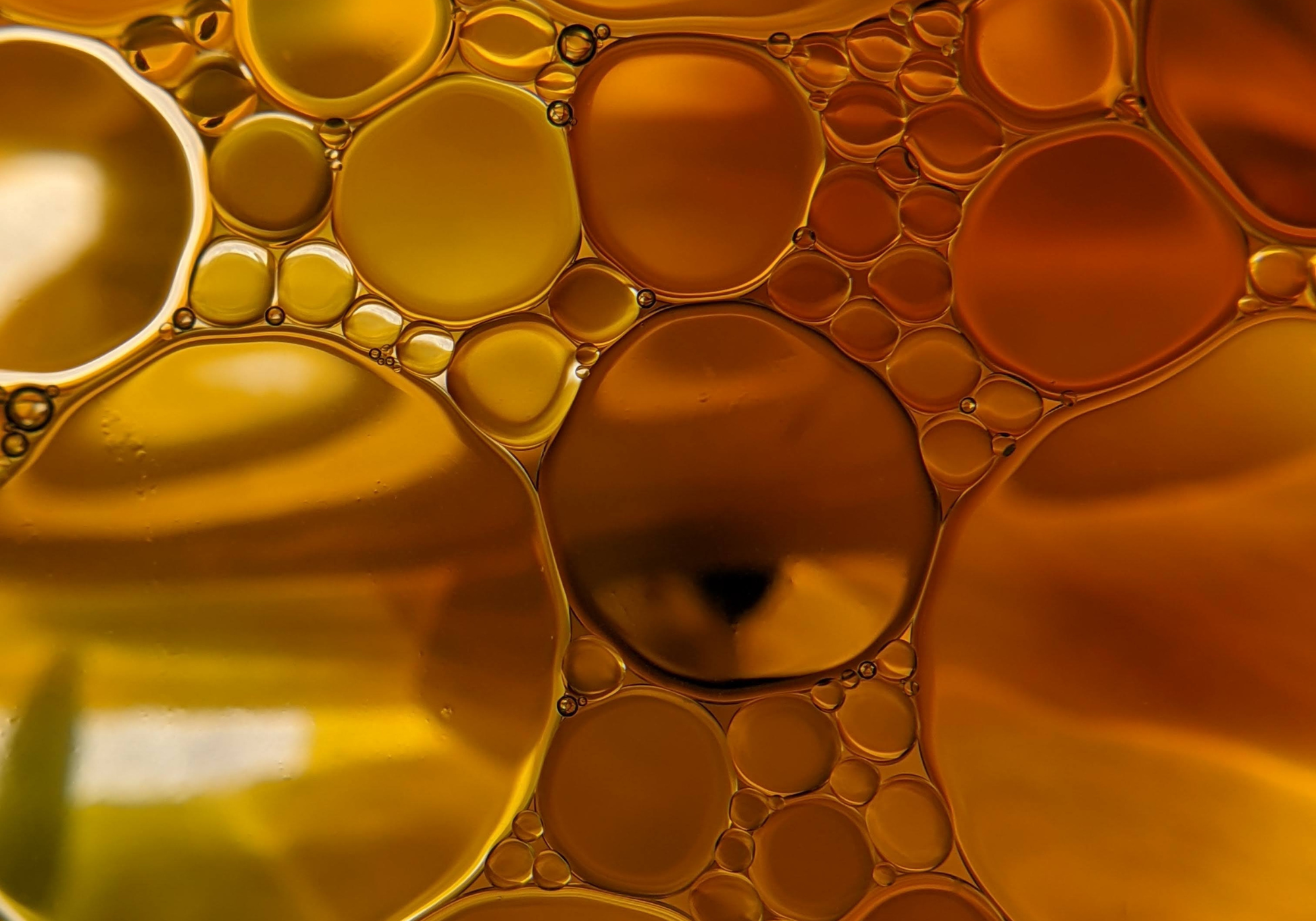



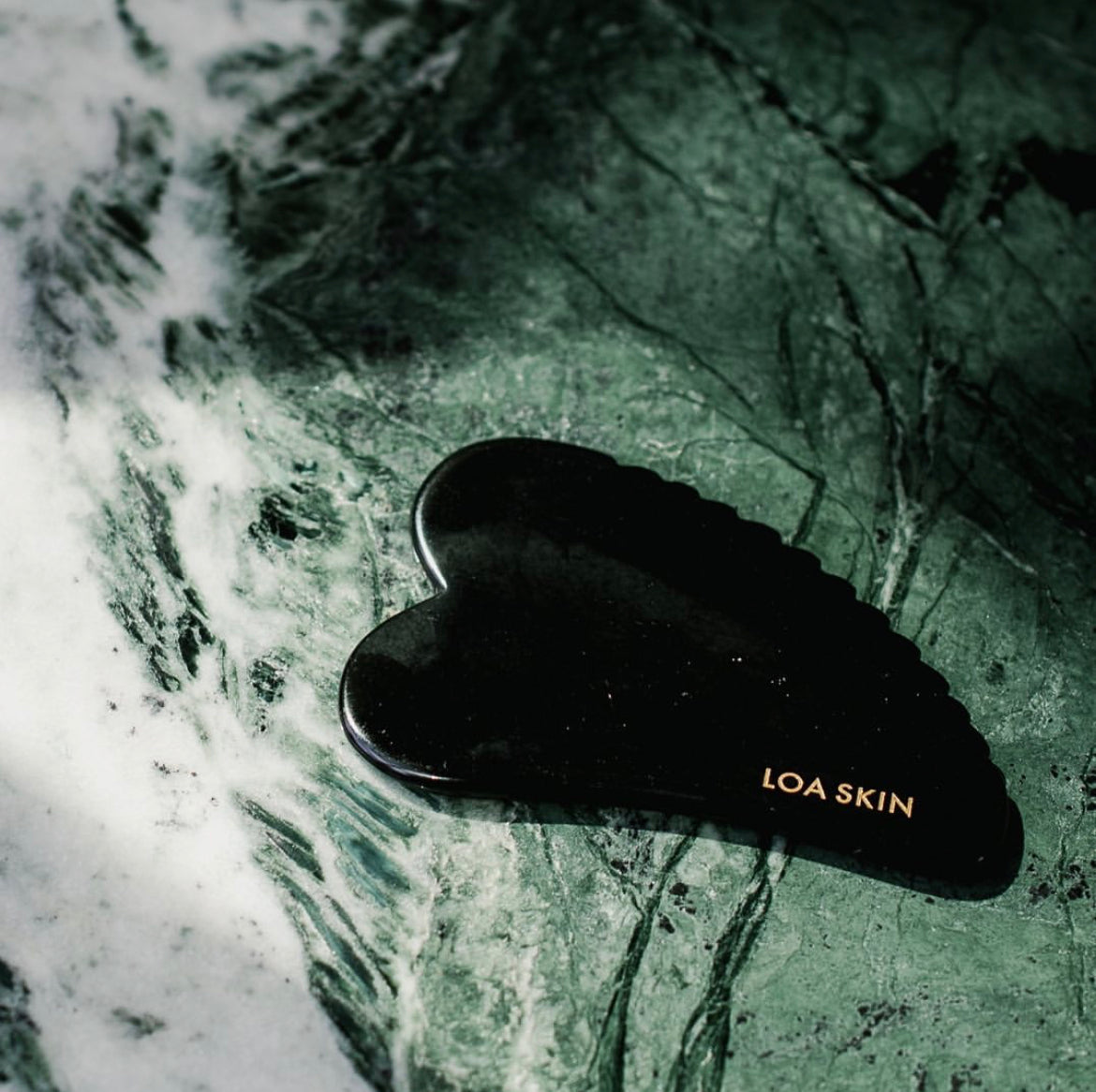
Leave a comment
This site is protected by reCAPTCHA and the Google Privacy Policy and Terms of Service apply.